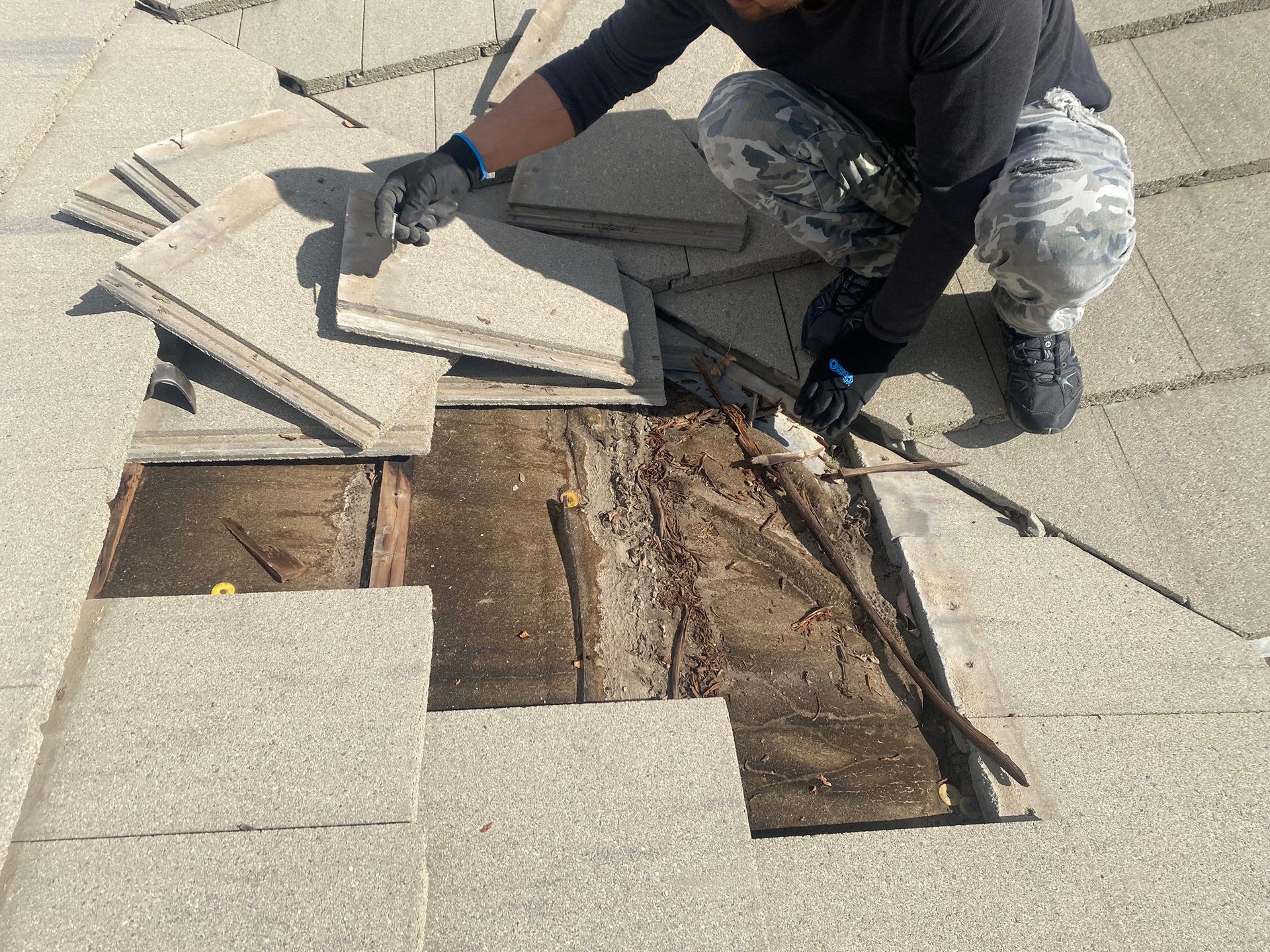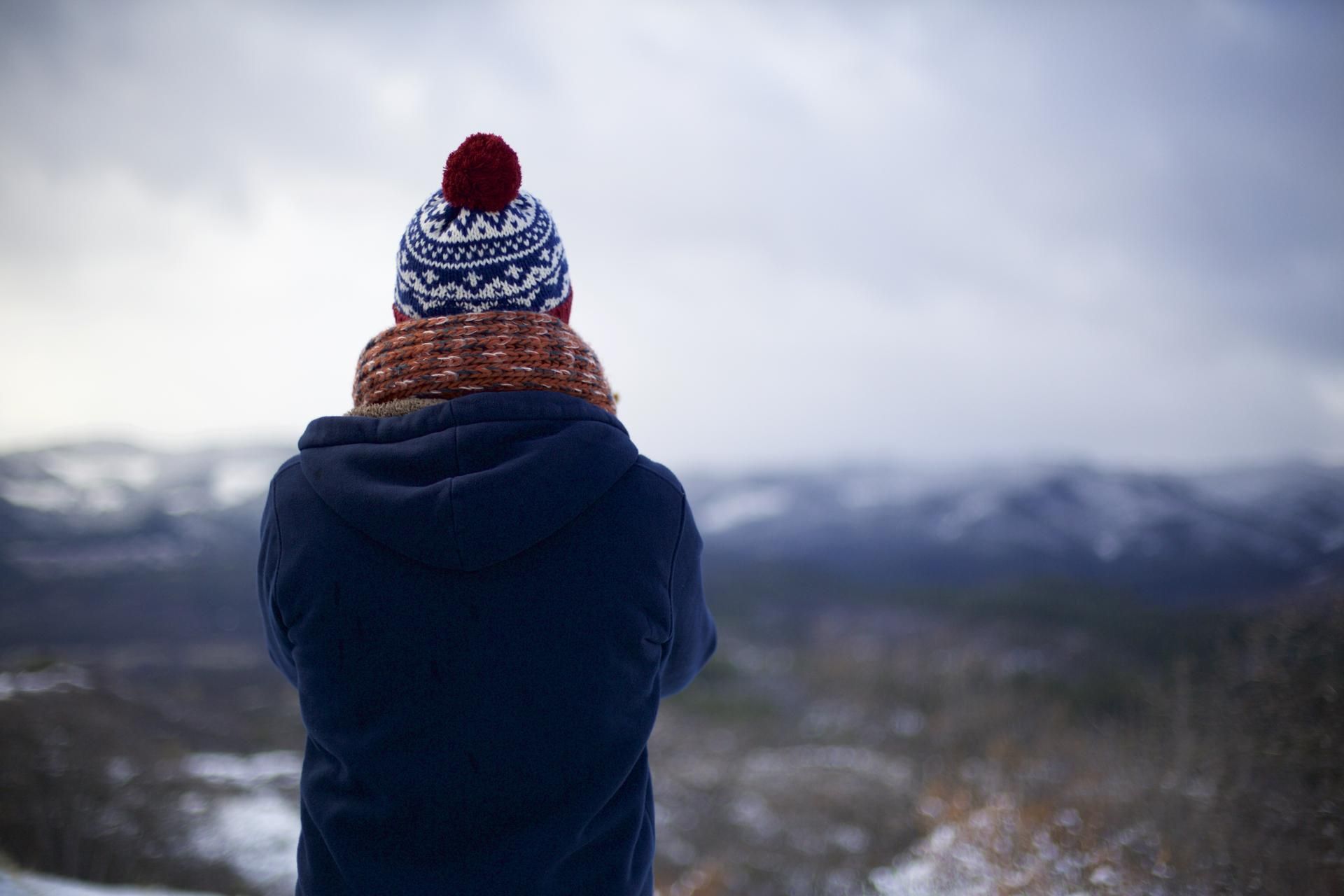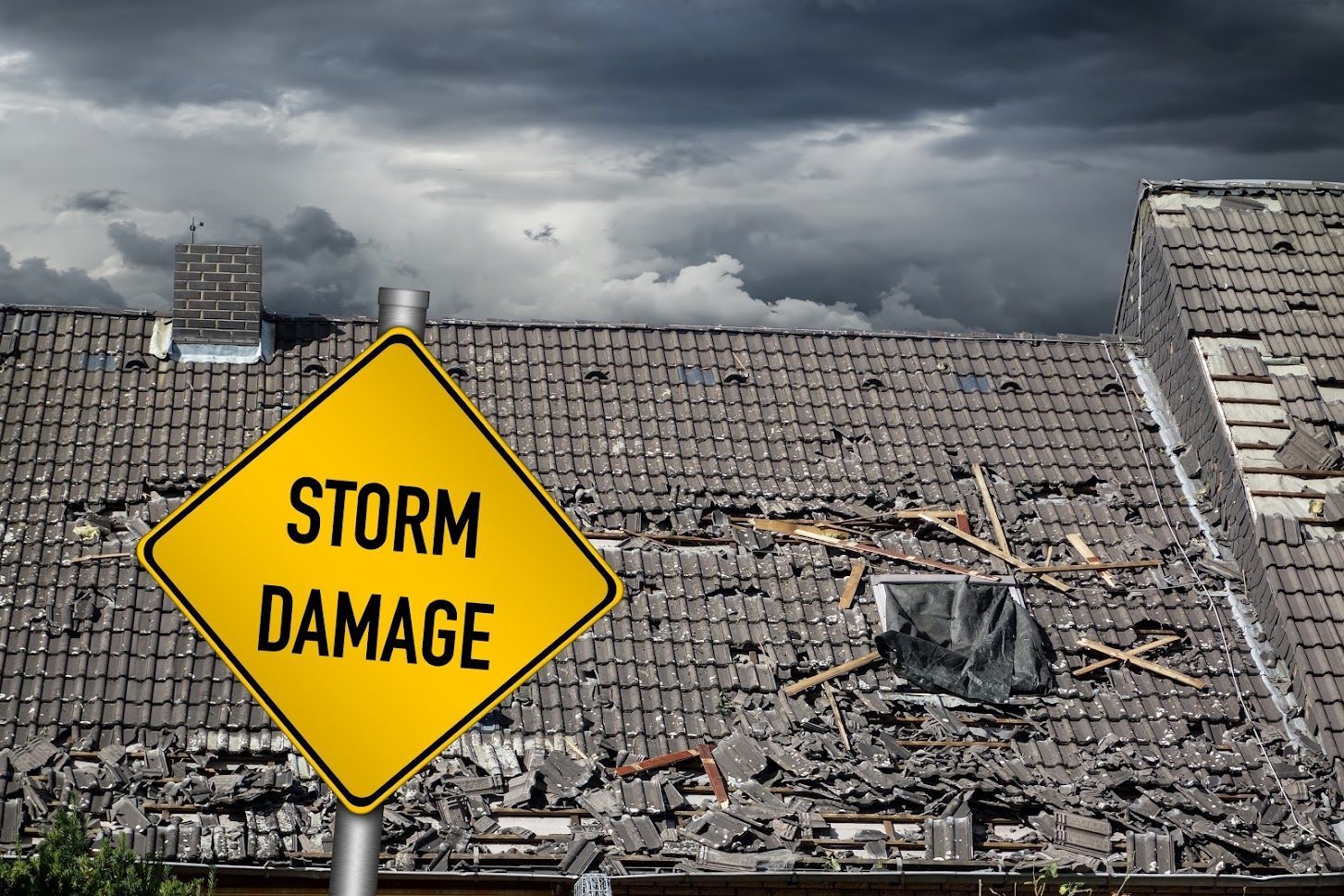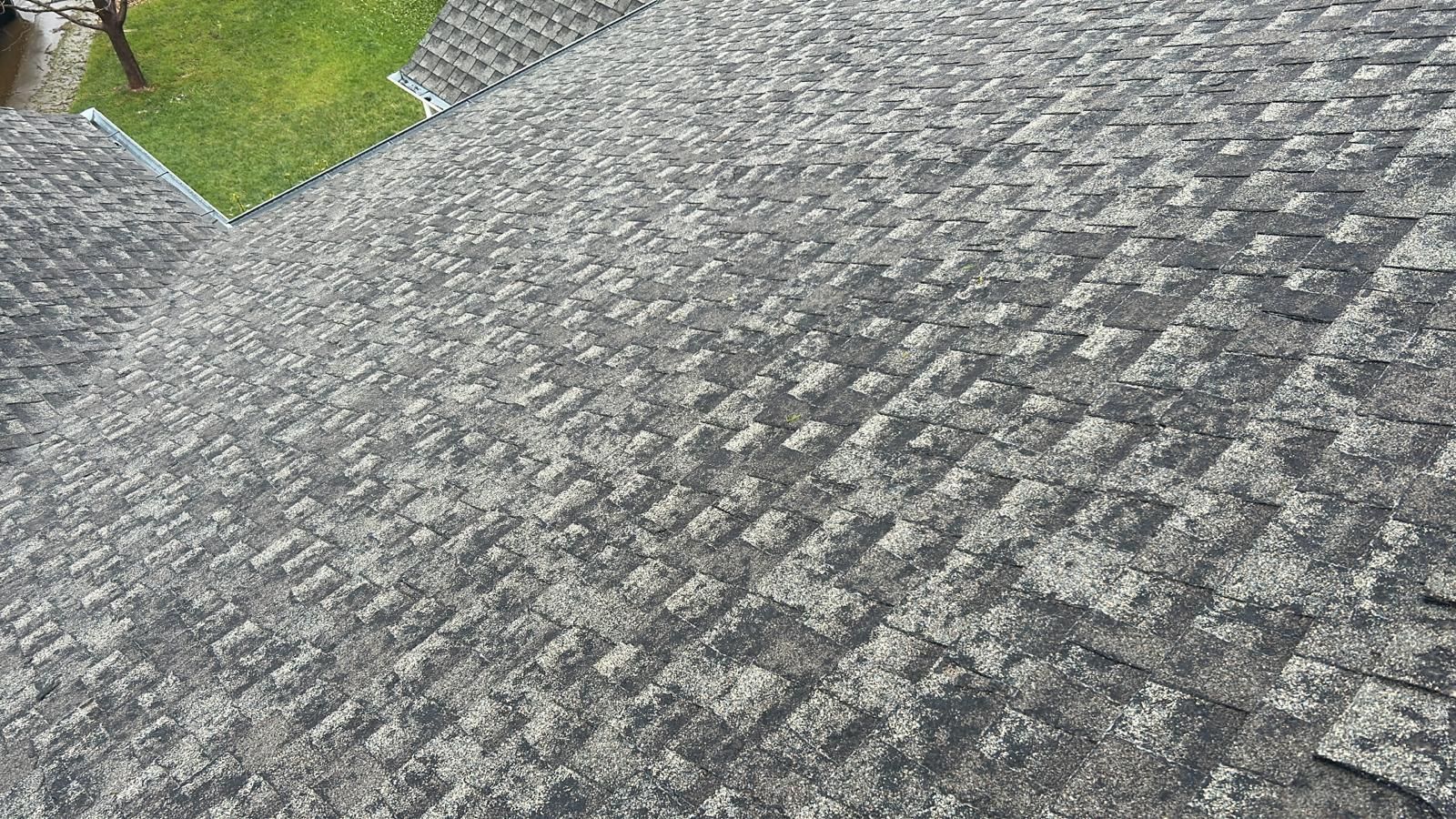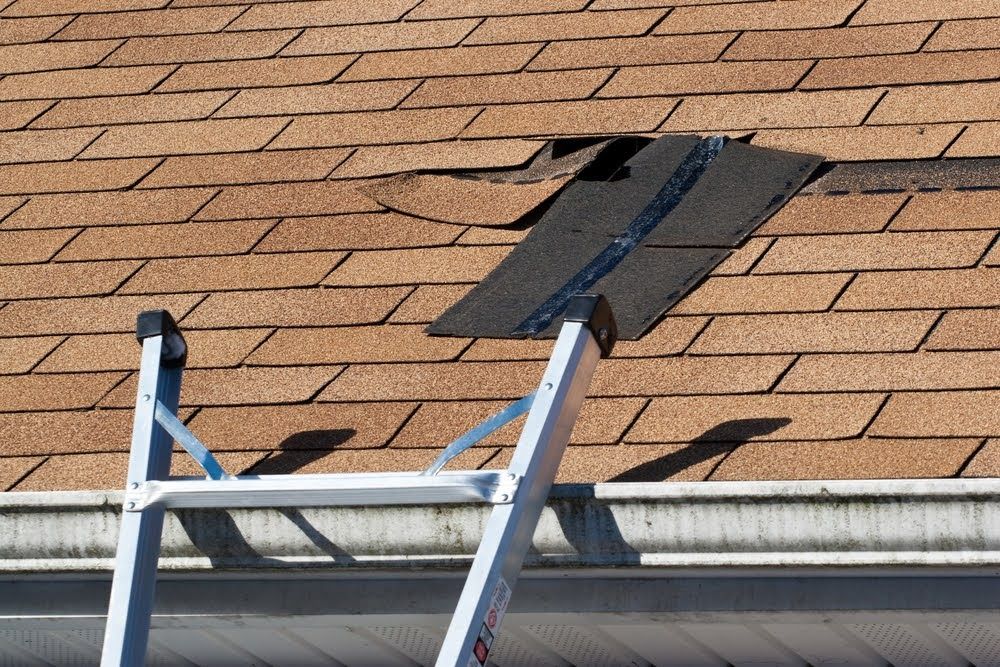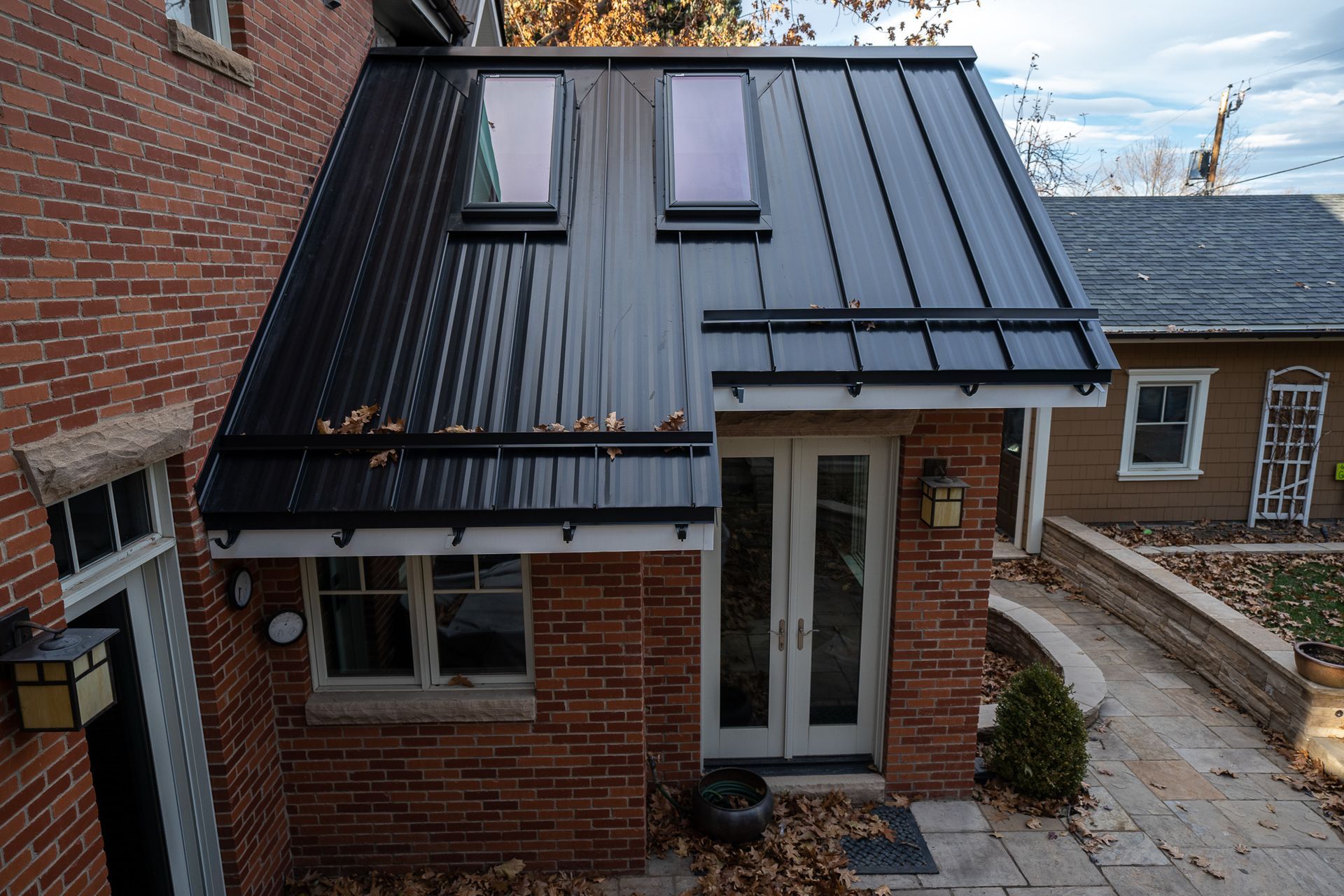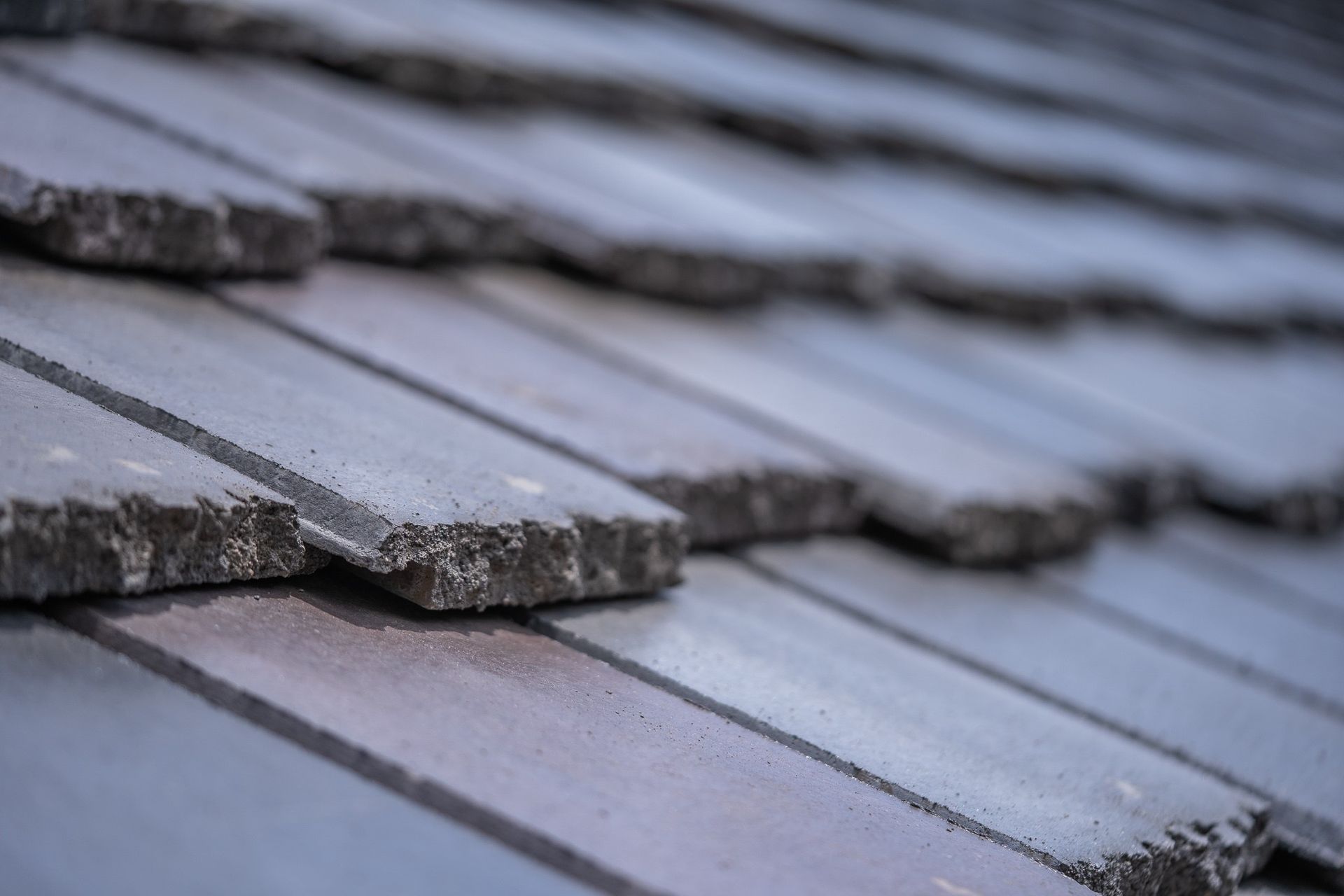5 Colorado Weather Hazards Your Roof Faces Every Year
Colorado is famous for its stunning natural beauty, winter sports, and clean outdoor living. But Colorado also has extreme weather. Your Denver area property's roof faces an array of natural hazards that can damage and prematurely age it. What are these hazards, and how do they affect roof systems? Read on to learn what every Colorado homeowner needs to know.
1. Snow
Denver and its 49" of annual snowfall make a great base for cross-country, downhill skiing, and snowboarding. But that also means a lot of snow will fall on and sit on your roof.
Snow damages roofs in three main ways. The first is when snow falls in a windy storm that can peel off and chip away at shingles. The second is the melting snow that turns to water and seeps underneath shingles. And don't overlook the sheer weight of a long snowfall. As snow piles up, it forces moisture under shingles and can physically collapse the roof.
2. Ice
Like snow, much of ice's damage comes from melting water and the weight of heavy ice formations. But ice also causes a unique hazard to roofs. Most homes experience a fluctuation in roof temperature between the center and the eaves. The center is usually warmer due to air circulation and hot air rising underneath it. Snow and ice melt and run down toward the cooler edges. There, it refreezes.
This is known as an ice dam. The dam itself grows by blocking more water. Then, the water trapped behind the dam sits on the shingles and forces its way underneath them. Ice dams can cause significant roof damage, moisture leaks, and mold. Their damage occurs over a long period and is often largely invisible until it's too late.
3. Hail
Newcomers to the state are often surprised by the hail storms throughout Colorado. Even hail stones as small as one inch can harm the roof, which takes the brunt of the storm. You may see impact divots and dark bruises on shingles, cracked and broken flashing, and protective granules, which have been washed away. And unlike some extreme weather, the damage from hail affects the entire structure.
4. Wind
Unfortunately, high winds can come as part of a larger ice, rain, or hailstorm, or they can be a menace on their own.
Wind sweeping over your roof creates a difference in air pressure above and below the shingles. The air pressure is lower above the roof, but it increases below the roof due to rising air circulation. This discrepancy forces shingles upward and rips them from the decking below. Missing shingles then create opportunities for wind and water to compromise the roofing system
5. Heat
While the weather may get wild during the colder months, it also gets stiflingly hot during the summer. Temperature changes naturally cause materials to expand and contract in cold and hot weather. This promotes cracks, breaks, chips, and other shingle damage. Humidity also rises underneath the roof — bringing with it moisture, mold, condensation, and rot.
Modern shingles are designed to be sturdy and long-lasting, but extreme heat makes them inflexible and more prone to cracking. They may even blister and warp, pulling away from fasteners. Some roof components might even start to melt when subjected to extreme sun and high temperatures for an extended period.
Clearly, your Colorado roof has to put up with a lot. Make sure it's ready for whatever the weather throws at it by meeting with the team at Formula Roofing & Remodeling. We've helped your neighbors for more than 40 years, and we can help you too. Call today to make an appointment or get answers to your roofing questions.

